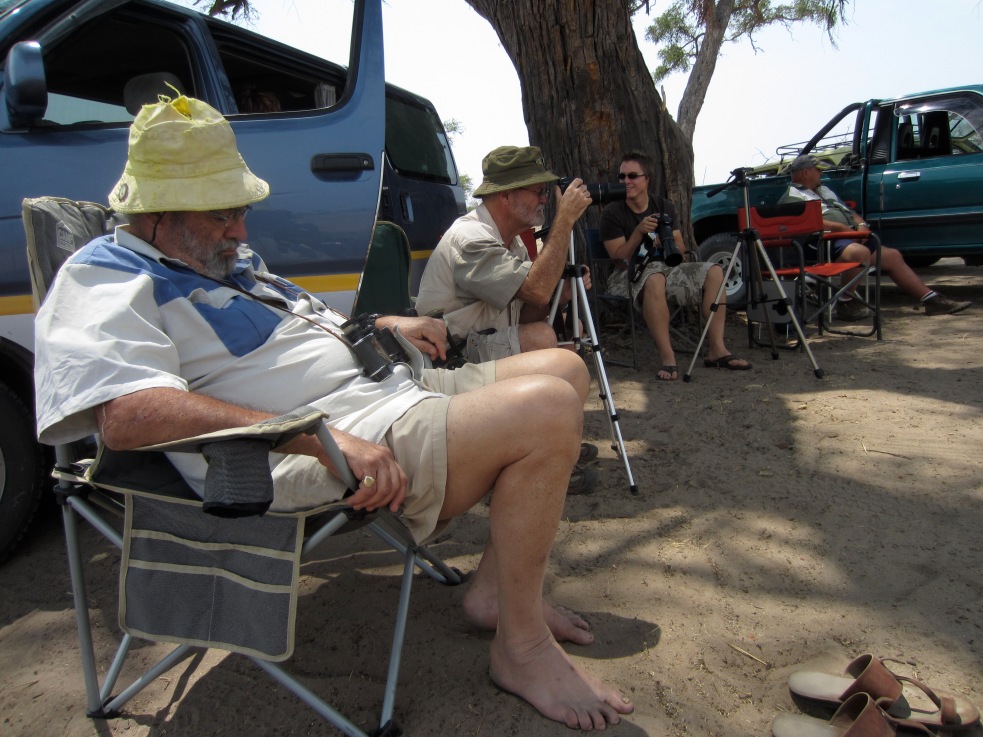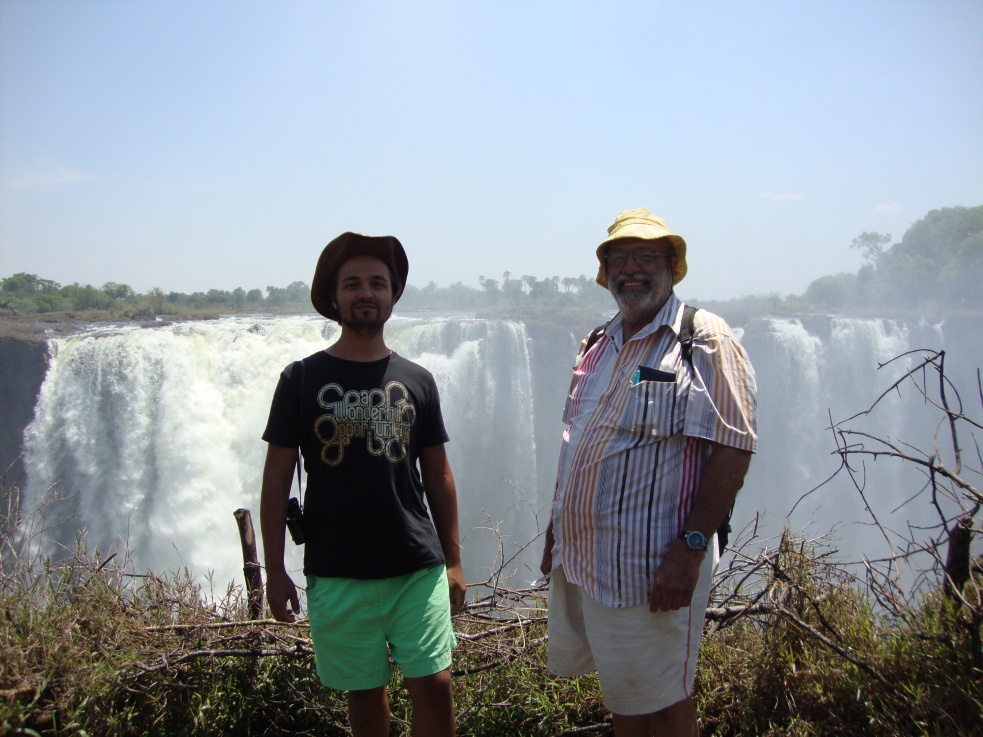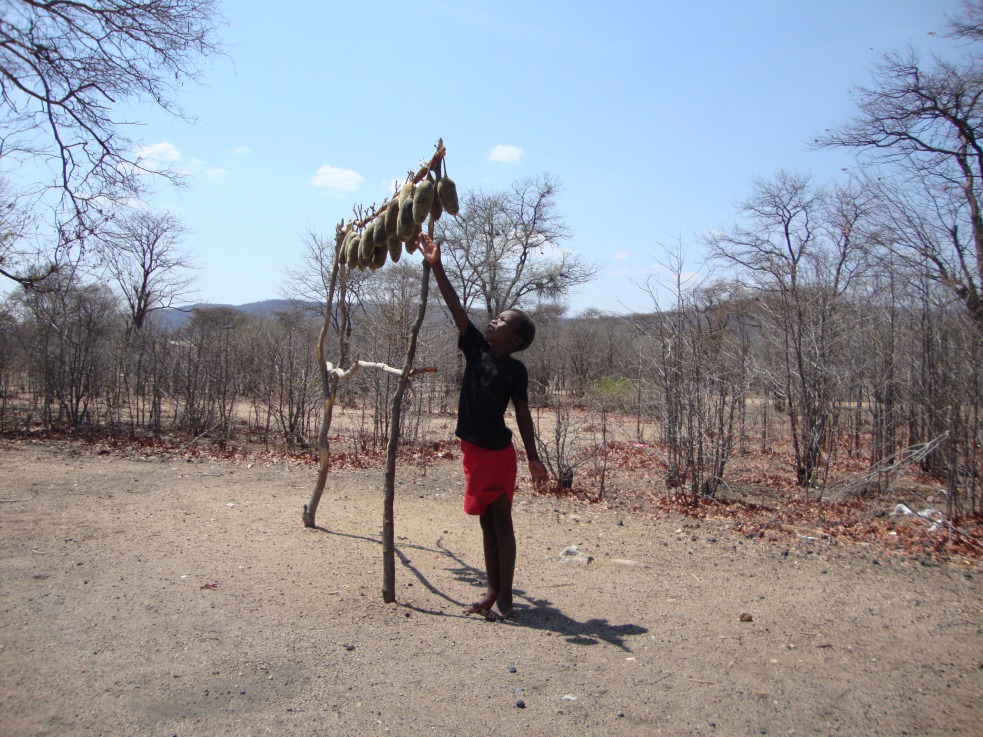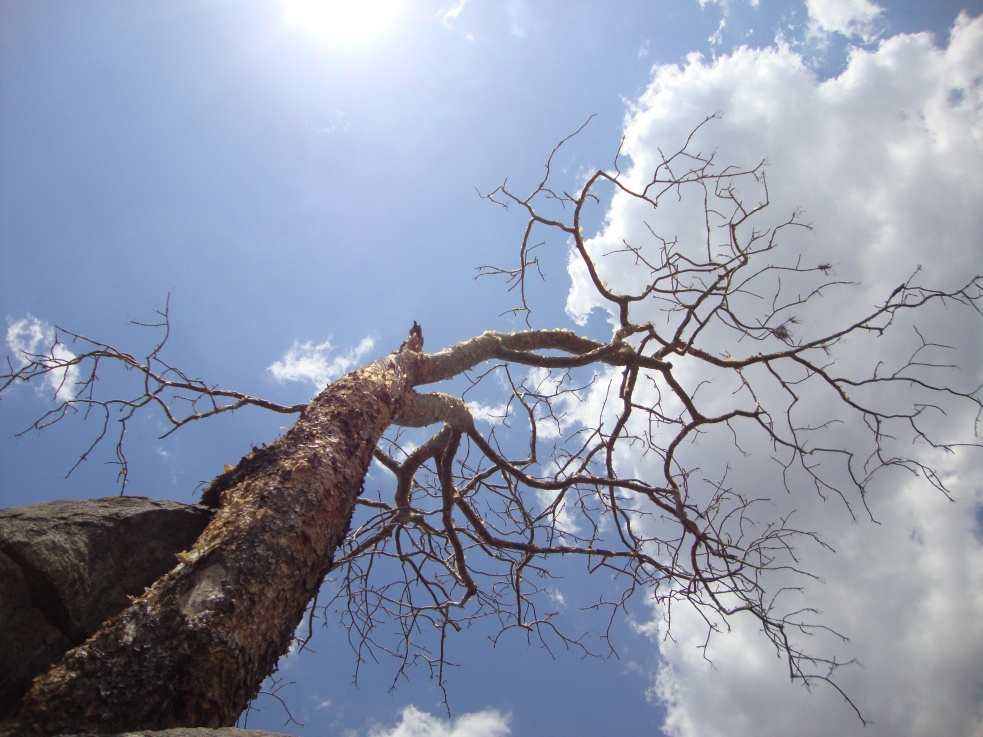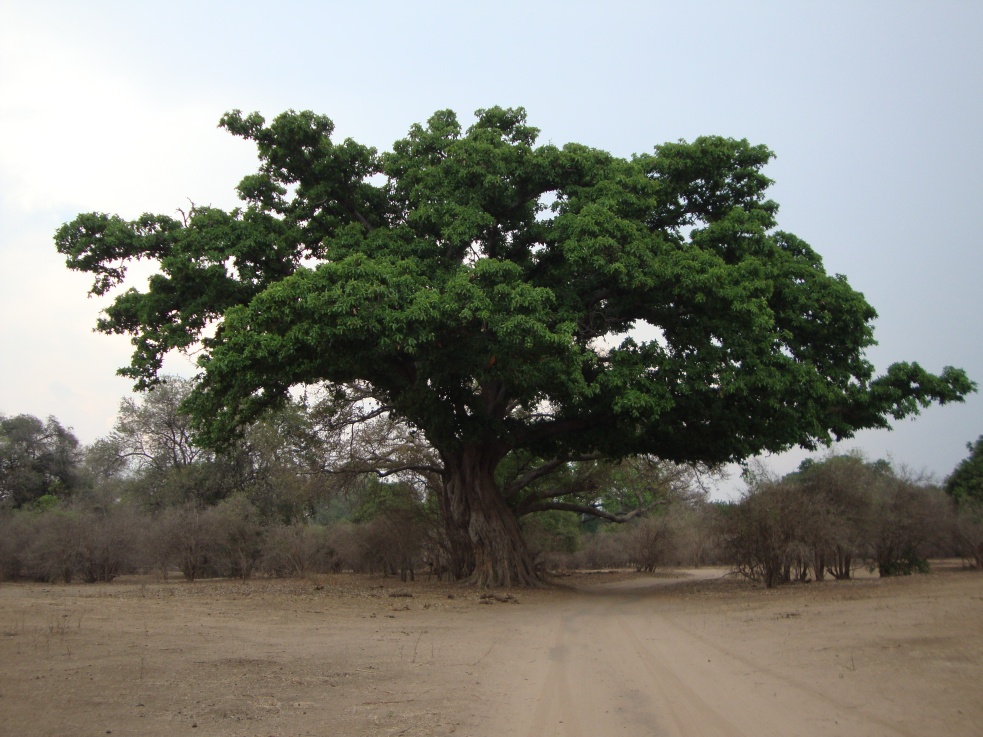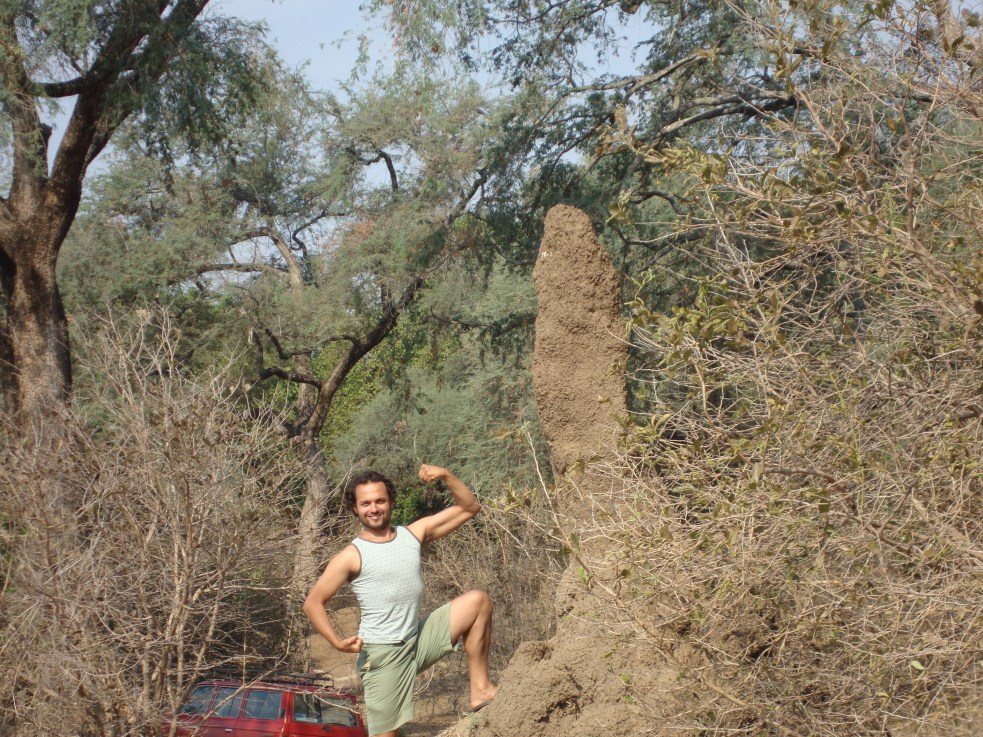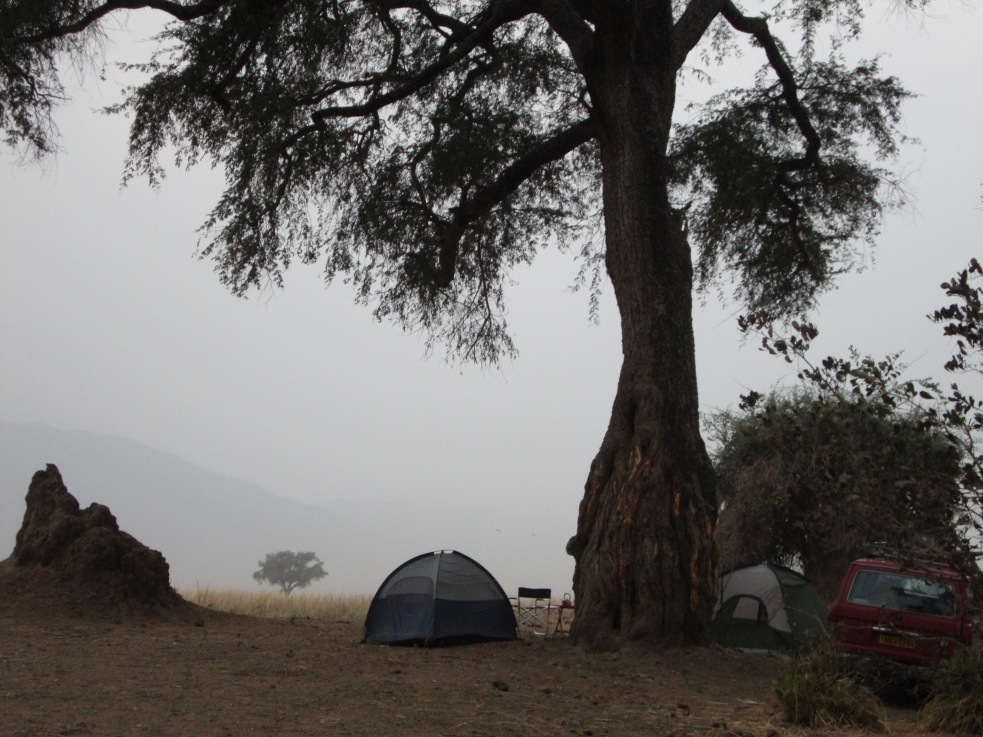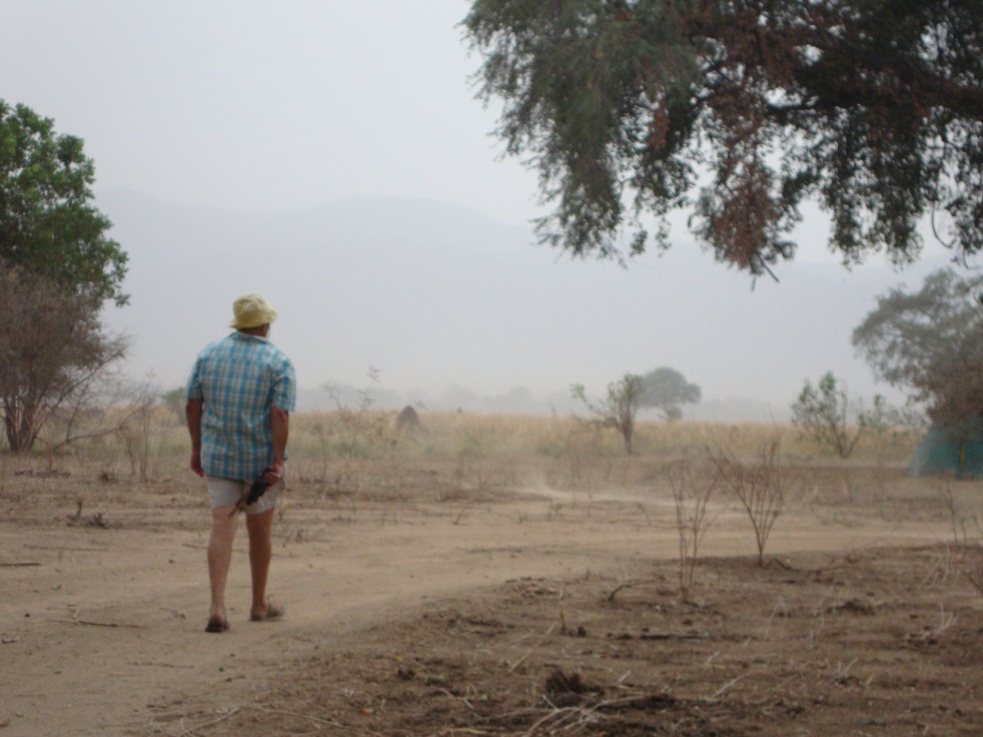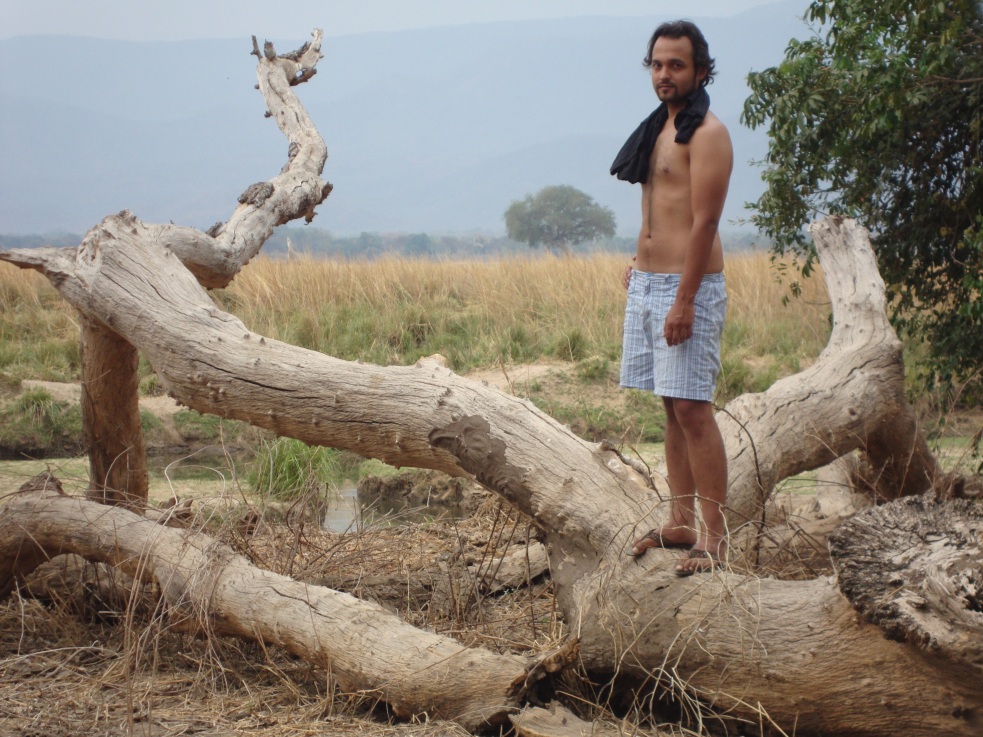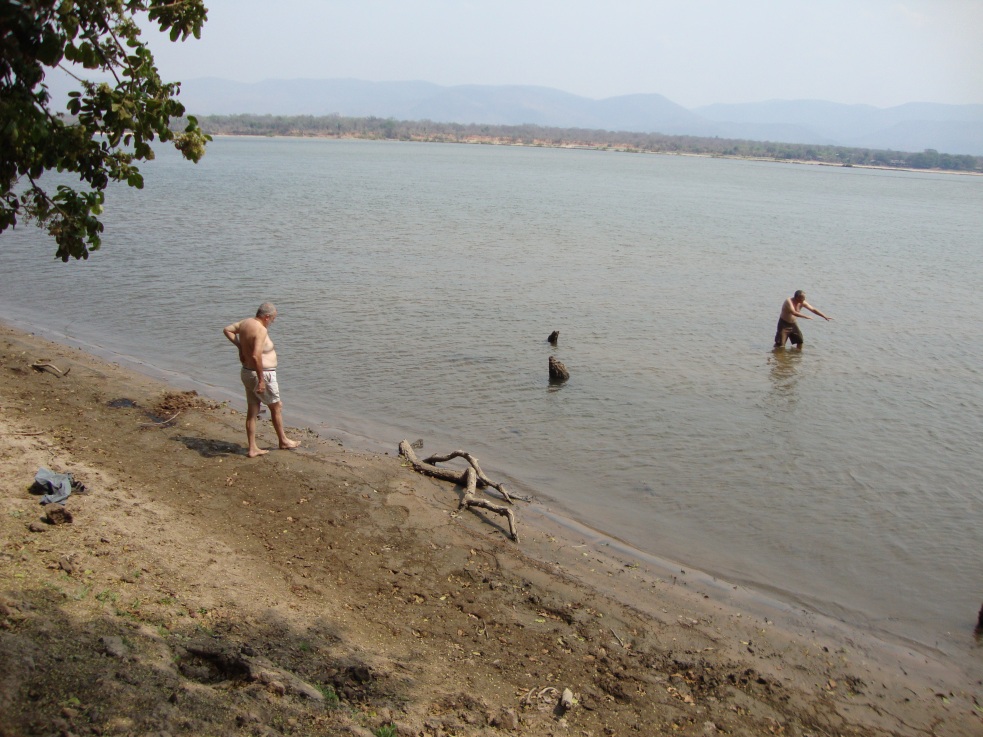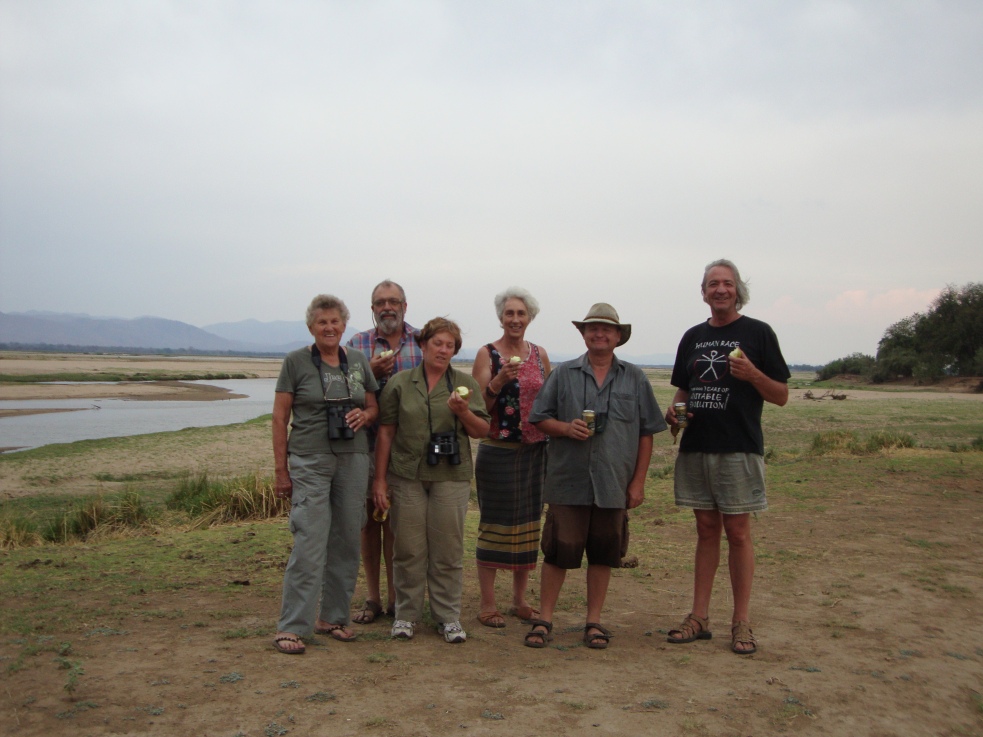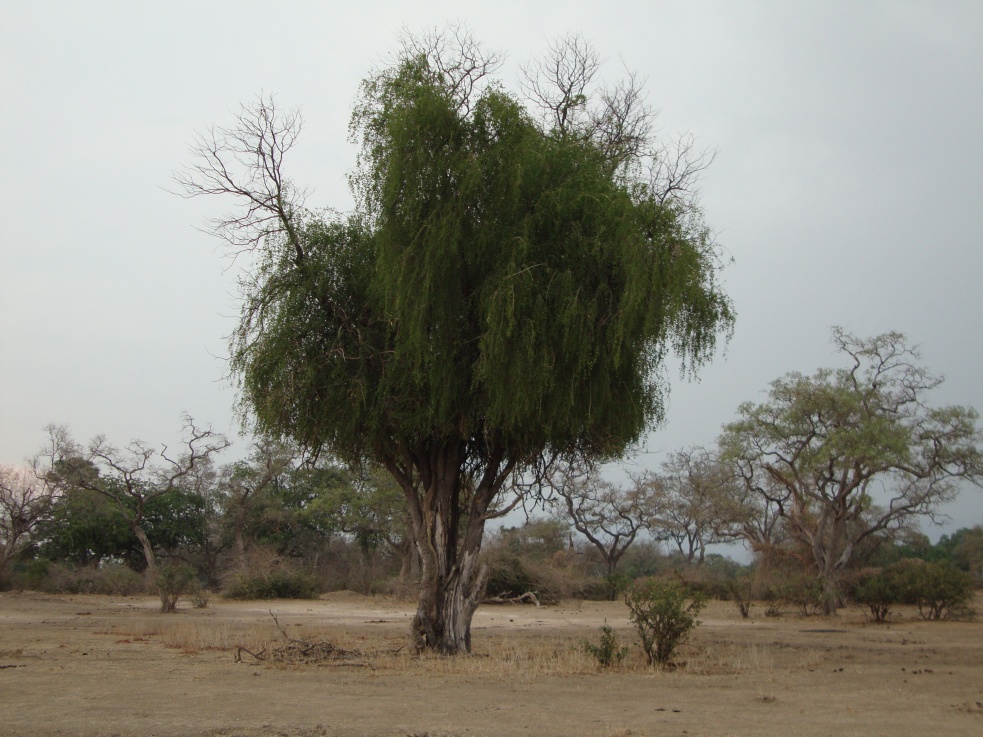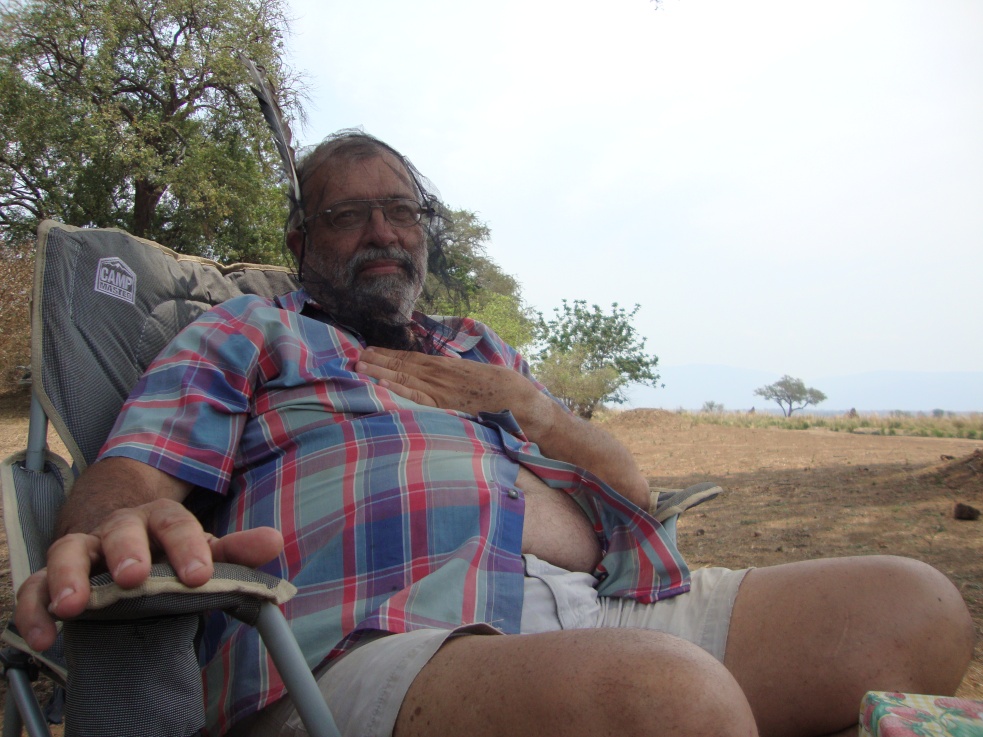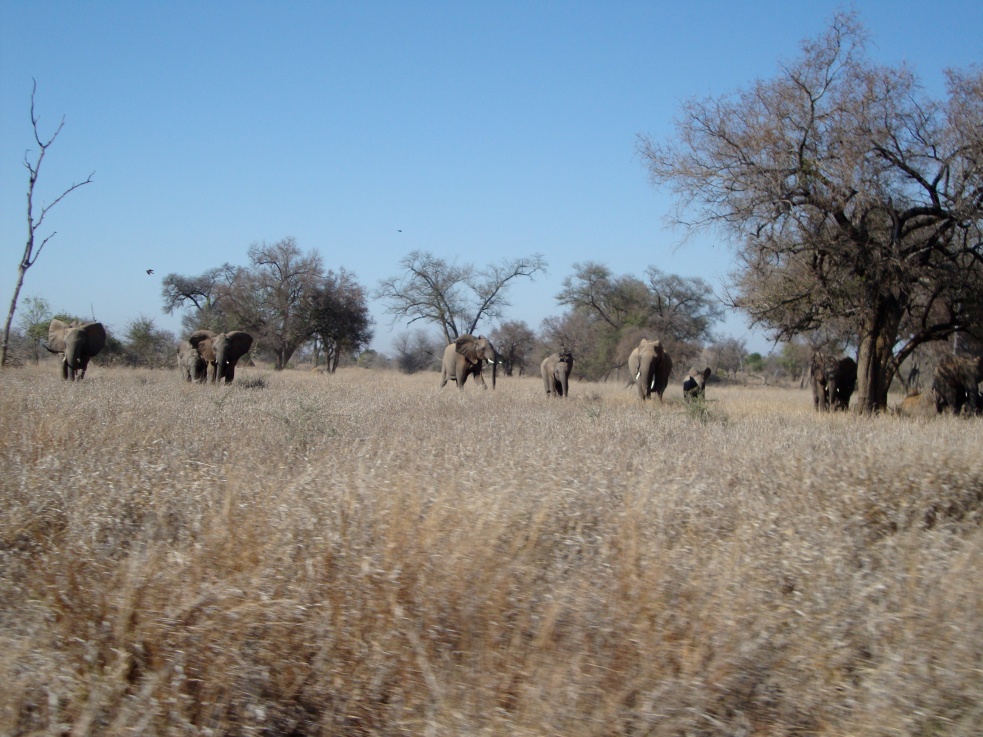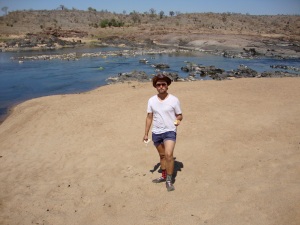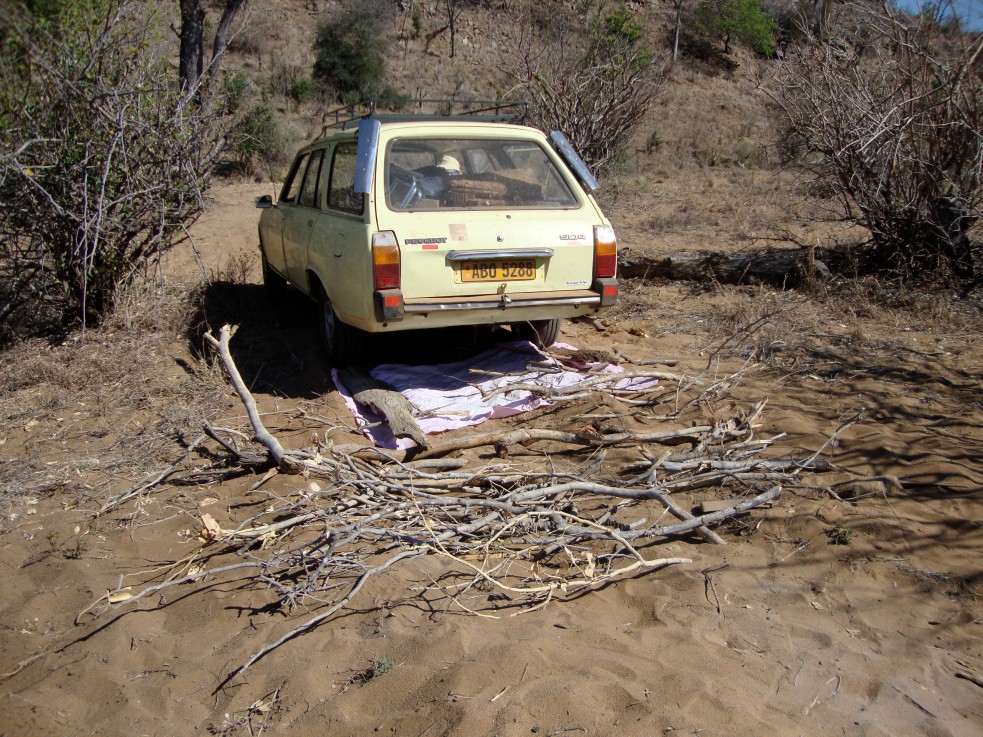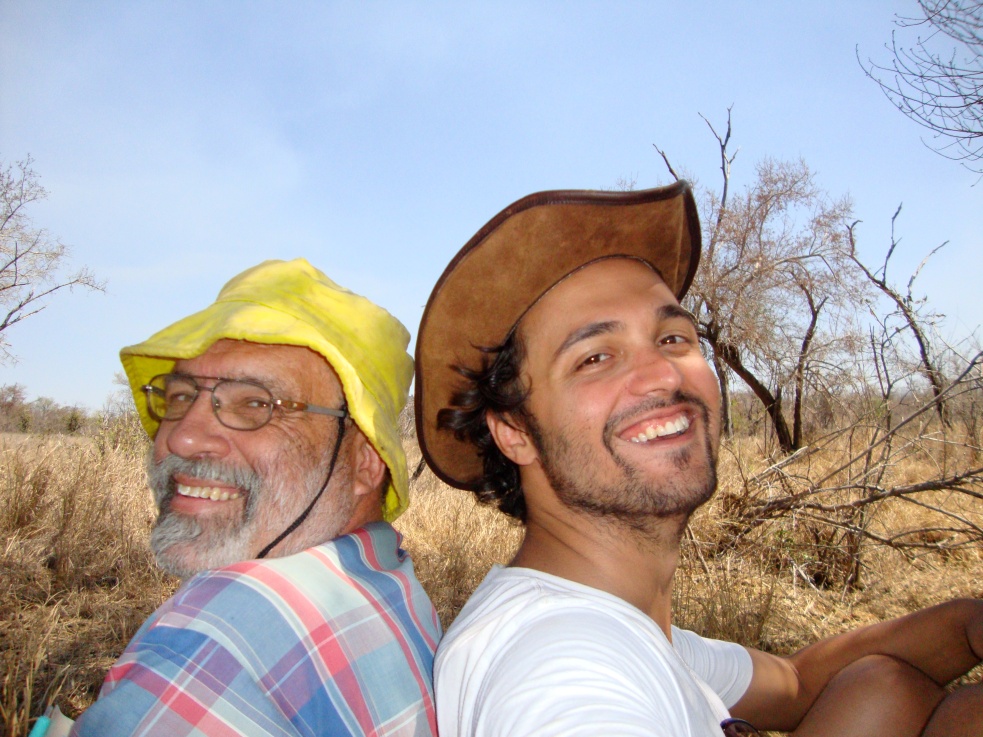
We head out from Bulawayo to our first stop on a hot dry winter’s day. I say, winter because the relatively few images on the Internet of the incredible world class ruins called Dhlo Dhlo ruins are predominantly taken in the lush summer period. My opinion is that they look their best in the dry winter months.
There is one tree that does not need summer to look its best and that is the Euphorbia cooperi whose dramatic outré silhouette is ever so dramatic in the dry dusty winter scene of Zimbabwe.

Small occurrence on the way to the ruins however. We came across this scene. It was too early for someone to have been drinking surely. It did seem however that someone had managed to drive off the dusty shoulder of the road. Do not ask me how it happened. Willy and I stop to see if there is anything we can do to help though.

While we are at it might as well have a look under the bonnet of our ride too. Saffron the Peugeot was dripping something in front and this may be cause for concern later on. Excellent balancing act there Willy!

It is not yet lunch but it is quite warm when we arrive at Dhlo dholo ruins. As per the usual we are the only visitors. This is such a privilege as we were able to really listen and feel the special ancient atmosphere of the place. Talk to the trees (and stones) if you like.
First there is the matter of seeing the well maintained site museum of sorts with plenty exhibits and information about the ruins and well staffed by friendly and helpful caretakers.
Also interesting a comparatively good deal of archaeological evidence is present the points to Portuguese influences here in the form of trade and also possible prisoners being kept here. Considering MY heritage is that reason to be worried? 🙂

The fascinating ruins themselves may date back to the 17th century and are of an African style in construction. They may not have been used for defence but instead constituted a kind of prestige building that also may have had spiritual significance and use.
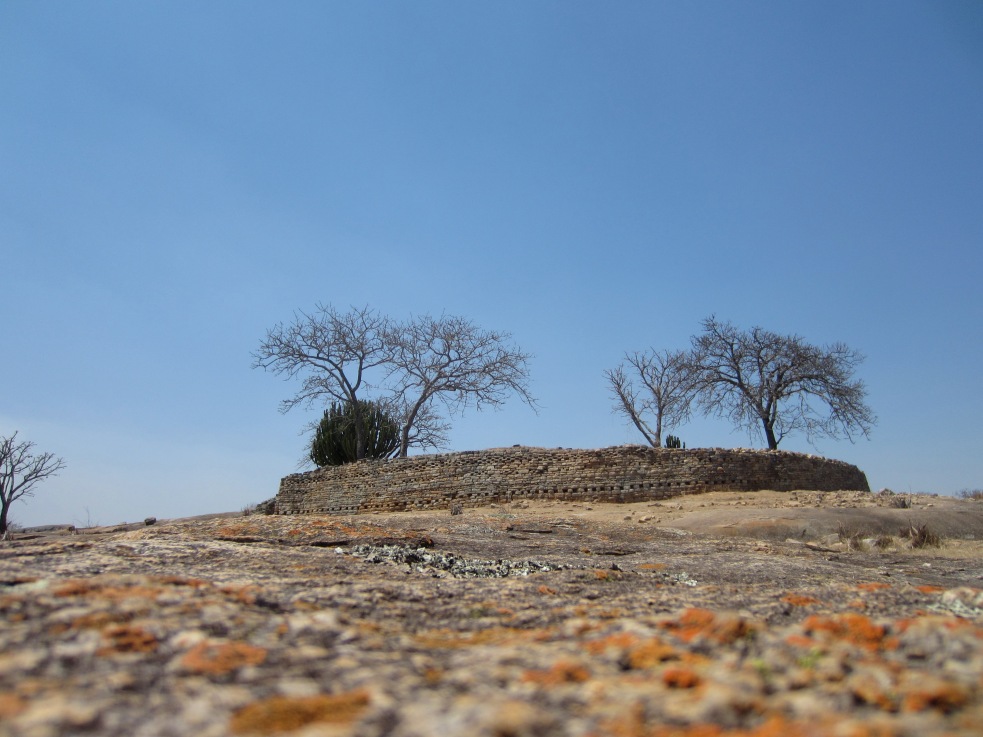
The Rozwi tribe that destroyed the power of the Monamatapa are said to have been the builders. Looking at the ruins obviously it is important to be above the minions for the more socially important members. Also one notes easily that there is a strong aesthetic function to these incredible walls and passages.


Three years ago I visited Kami ruins also a spectacular relic of the past in the same style as Dhlo dhlo ruins. The walls are constructed without plaster and hold together on ingenuity alone.
Lie down on the hot lichen covered rocks and feel the past ooze into your veins. 


The only witnesses to Willy and my exploration of this incredible site are this equally marvellous Candelabra trees.
There are two more Rozwi sites to visit today before we set up camp. I am excited to see them before the sunsets…




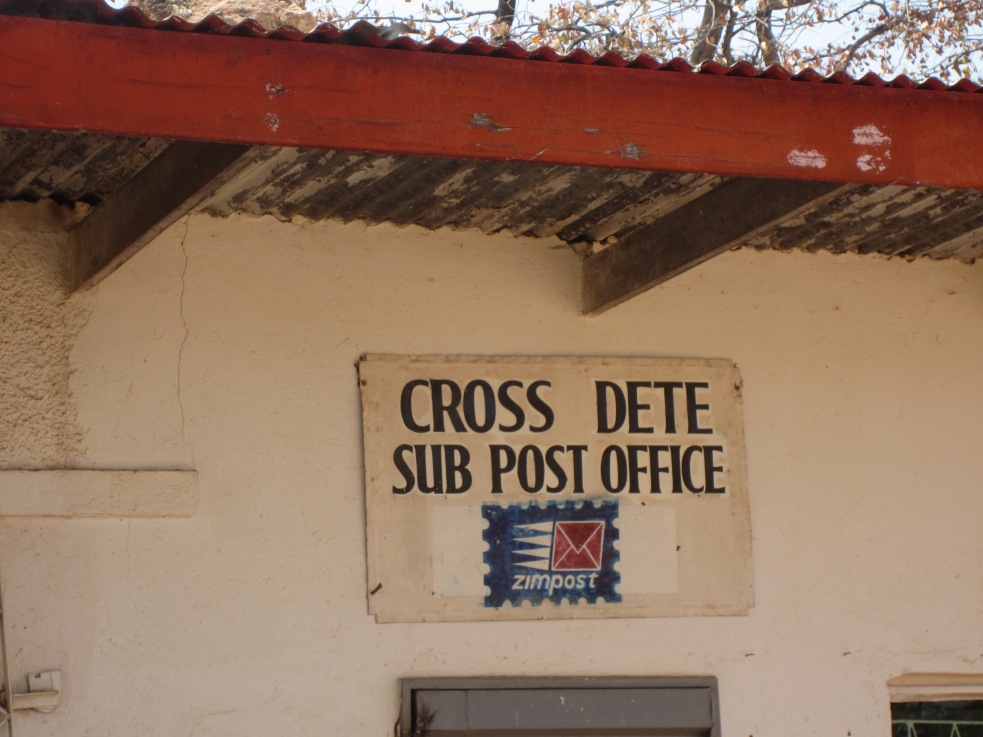


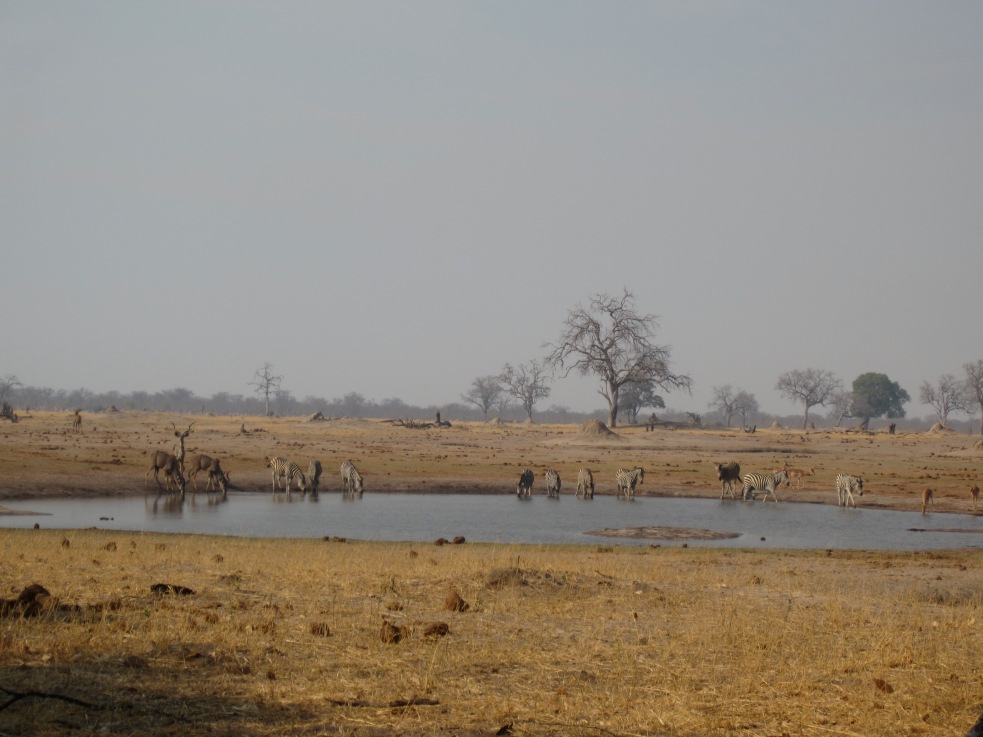
 The gardens I appreciated of course. A lovely ancient Acacia erioloba in front of the waterhole and in the atrium large lush Dracaena plants. Outside and in full bloom a Lonchocarups capassa (The Rain Tree)
The gardens I appreciated of course. A lovely ancient Acacia erioloba in front of the waterhole and in the atrium large lush Dracaena plants. Outside and in full bloom a Lonchocarups capassa (The Rain Tree)









